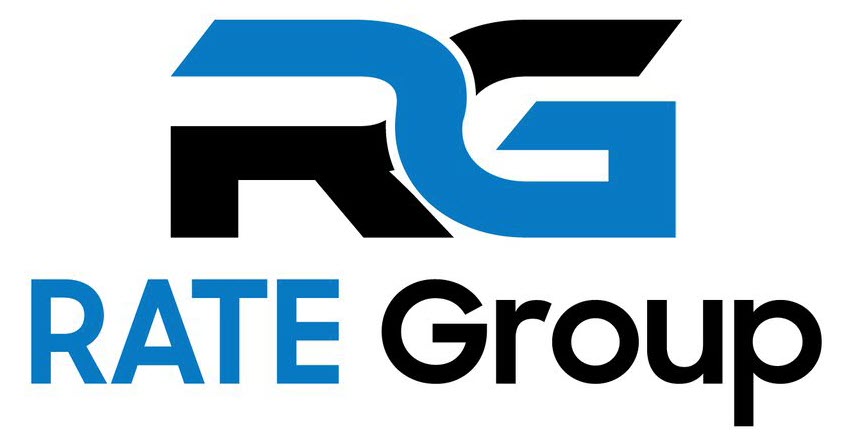
11 Nov Bitcoin Mining Difficulty Sees Biggest 2019 Drop as Hash Rate Spikes
[ad_1]
Bitcoin (BTC) mining difficulty adjusted downwards more than at any time since its 2018 price low on Nov. 8, data shows.
As noted by entrepreneur and cryptocurrency commentator Alistair Milne on Monday, difficulty fell by around 7% after the network’s latest readjustment.
Difficulty reveals Bitcoin network maneuvering
Mining difficulty refers to the effort required for miners to solve the equations necessary to validate transactions on the Bitcoin network. A higher difficulty implies competition for block rewards is higher, while drops incentivize more participation.
The mechanism functions as a self-stabilizing device for Bitcoin, ensuring network security is sufficient even when price or network activity drops significantly.

Bitcoin mining difficulty one-year chart. Source: Blockchain
From its recent bottom of 5.1 trillion in December 2018, when BTC/USD traded at $3,100, the difficulty has increased incrementally throughout 2019. In late October, the metric reached an all-time…
[ad_2]
Source link

